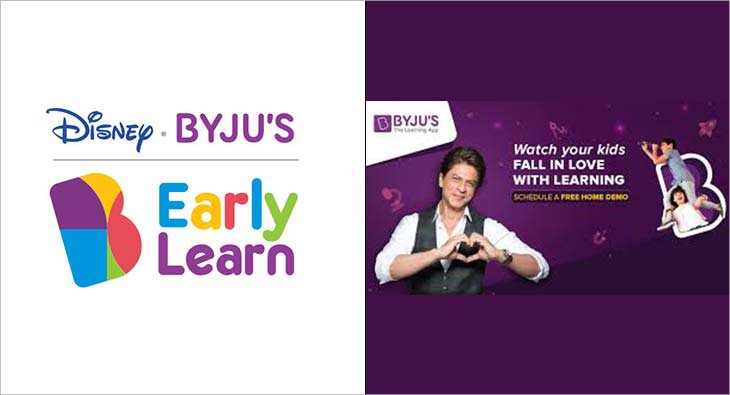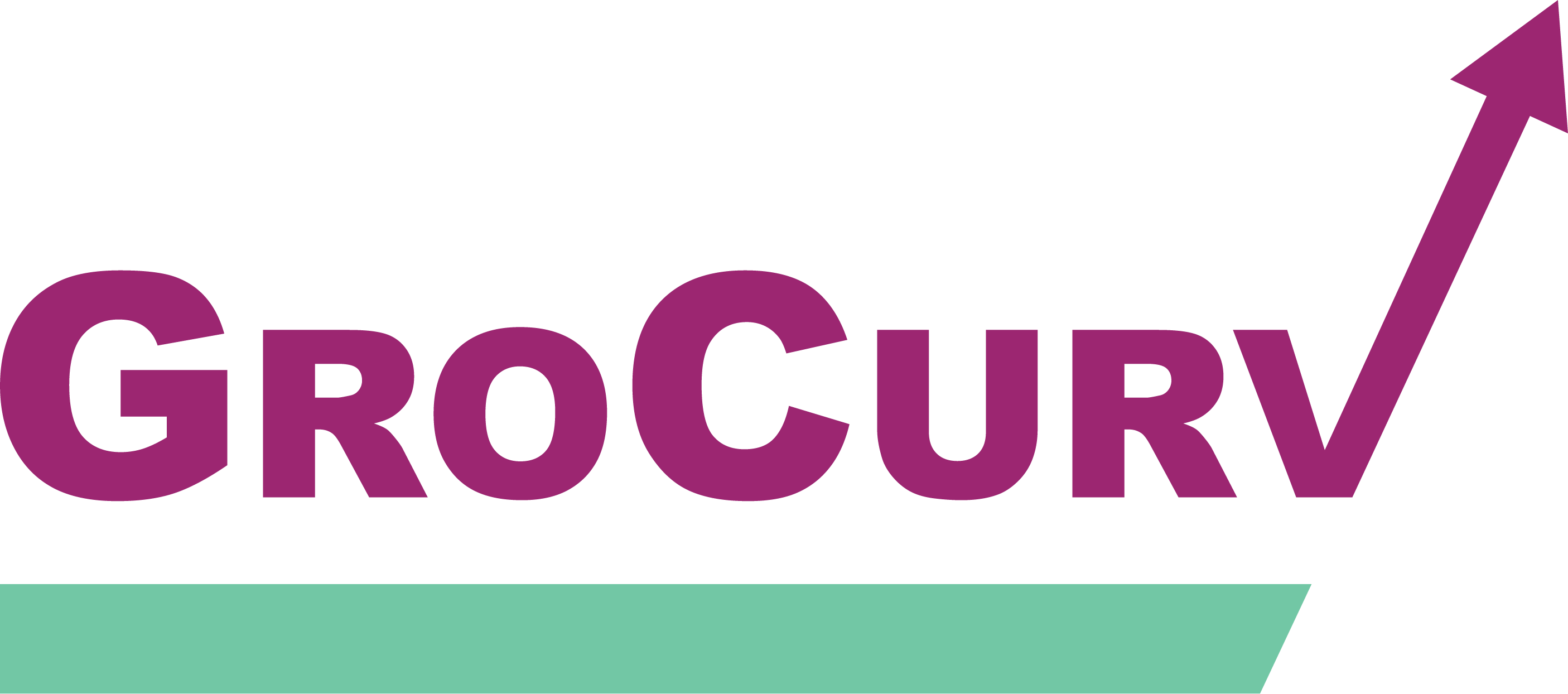Deconstructing Byju’s Marketing Strategy

(Image - Courtesy Byju's)
What makes Byju’s an interesting case in marketing and branding principles?
The first rule of thumb when you’re coming up with a marketing plan is to know your target audience. But what if you have two sets of target consumers that are vastly different from one another? Like, millennials or the Gen-Z and their parents. Bridging the gap in their ages, preferences and consumption patterns is no easy feat. And yet, one brand has not only managed to achieve this but also emerged as a market leader.
As the world’s most valued EdTech company, Byju’s engages with students but needs parents to pay for the subscription. Naturally their marketing construct needs to speak to them both. And they’ve actually managed to crack the code.
Understanding Consumption Patterns
For one brand to speak two lingos in the same breath appears to be a challenge. But Byju’s has managed to understand the environment and factors that drive decision-making among their consumers. This has enabled them to figure out a way to communicate effectively with both sets of people.
i) What Millennials Want
Millennials and the Gen-Z are driven by the experience of a product. They are not concerned about what problem is solved by the product but about how it makes them feel. Their opinions and perceptions about a brand are driven by their experience of the brand and once formed, these opinions are hard to change.
In order to connect with the Gen-Z, Byju’s has also come up with an early learning app. Partnering with Disney and with Shahrukh Khan as their brand ambassador, the company aims to catch them young. Interactive learning videos, educational games, digital worksheets and the trademark Disney stories creates a winning product for that age group.
For the more grown up children, Byju’s played on the tensions that arise between parent and child in the teenage years. Remember this campaign?
This was a phenomenal approach in this category to build a closeness between parent and child. Because while Byju’s is for the children, it needs the parent’s buyin for a very high involvement product. And in addition, it gives “technology in the hands of your child” a whole new meaning altogether.
But what’s in it for the parents?
ii) What Parents Want
Knowing how glued kids are to their phones these days, most parents are happy to have avenues that can involve them constructively on a digital platform. However, they do form their perceptions very differently. While the experience comes first for the children, in case of parents, they require information and reviews about the product. A perception is already formed to a degree and experience of the product is only to confirm or reject that perception.
Byju’s has managed to bridge this obvious generation gap with the help of their ‘consultants’. Once the company has your details, thanks to the information you feed into the app, the consultants get in touch for a home visit. It is here that the product is actually sold to the parents. So while the commercials and the product itself is targeted at the students, the final push to the parents comes in the form of in-person communication. The company makes it clear that the app does not dilute the need for teachers or personal tutoring. But it is that extra mile, the supplementary coaching you give your child, to excel.
Clearly, this two-pronged strategy is working well for the company. They have grown from 200 employees to 1000 and are now set to enter the global market too. The success of Byju’s once again demonstrates how vital it is to understand your target audience in order to develop a marketing strategy that pushes your sales.
- https://www.livemint.com/Companies/zKivq8QkR5jiYhzRNrhspK/How-Byjus-built-its-brand.html
- https://www.thehindubusinessline.com/brandhub/mym/focus-on-the-messaging/article29299330.ece#
- https://yourstory.com/2019/07/app-fridays-disney-byjus-early-learn-shah-rukh-khan
- https://economictimes.indiatimes.com/small-biz/startups/newsbuzz/feet-on-street-is-the-new-marketing-lesson-from-byjus/articleshow/64658218.cms
